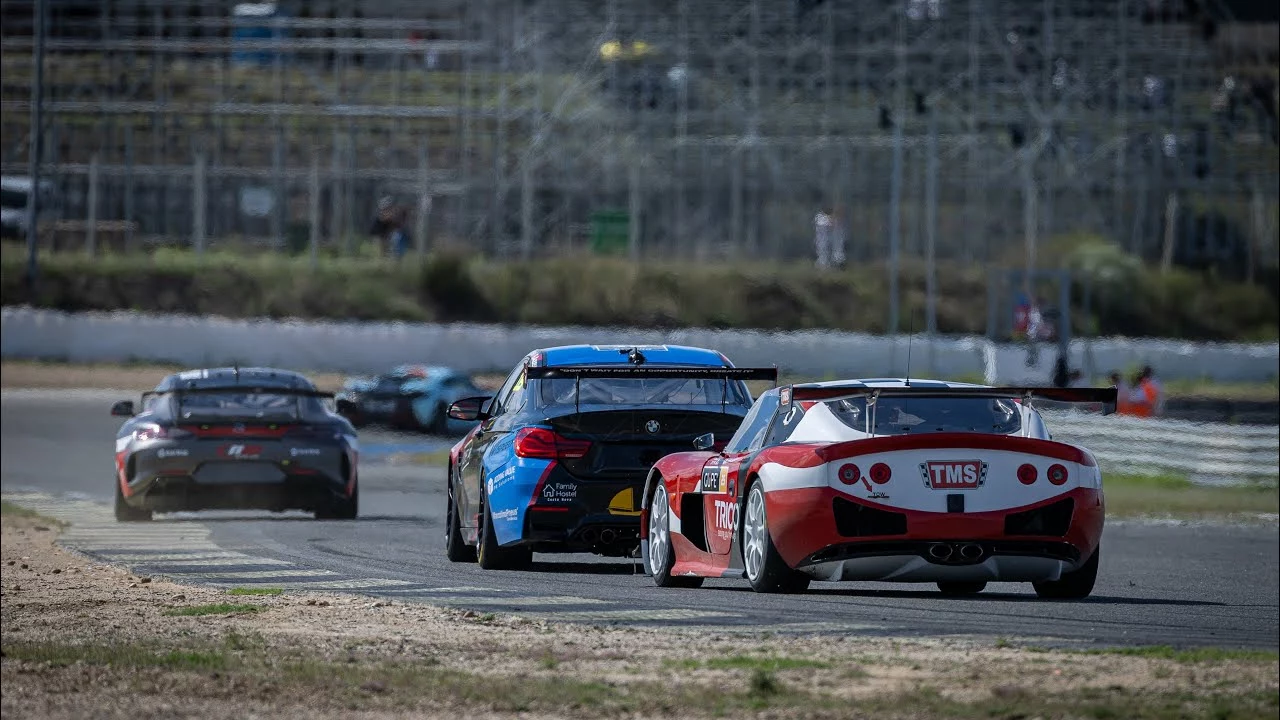Motorsport Terminology: Your Handy Cheat‑Sheet
Ever watched a race and felt lost when the commentators dropped words like "homologation" or "limited‑slip differential"? You’re not alone. Below is a straight‑to‑the‑point guide that breaks down the jargon you’ll hear on any track, from drag strips to circuit racing.
Drag Racing Lingo
Drag racing is the sprint of motorsport – think 100‑meter dash but with roaring engines. Here are the basics:
Drag strip: The straight‑line venue, usually a quarter‑mile long. ET (Elapsed Time): How long the car takes to travel the strip – lower is better. Launch: The moment the driver drops the clutch and hits the gas. A good launch means the car doesn’t spin its wheels and gets off the line fast.
Fans also hear burnout – drivers spin the rear wheels to heat up the tires for better grip. And when a race is announced as "head‑to‑head," it’s just two cars side by side, each trying to beat the other's ET.
Technical Terms You’ll Hear On Track
Beyond the thrill of the start, the sport runs on a set of technical rules and parts that keep the competition fair and exciting.
Homologation: This is the rulebook that says what a car can look like and how it can perform. Manufacturers submit a production version of the car to the governing body, and only then can they race it. The goal is a level playing field and safety.
Differential: The gearbox piece that splits power between the rear wheels. The most common for racing is the limited‑slip differential (LSD). It sends more torque to the wheel with grip, helping you corner faster without one wheel spinning uselessly.
Other terms often pop up in race reports:
Pit stop: A quick visit to the garage for fuel, tyres, or adjustments. Grid: The starting lineup on the race day. Oversteer: When the rear slides out, and understeer when the front struggles to turn.
Understanding these words lets you follow the action without pausing for a dictionary. Next time a commentator mentions "the car’s homologated chassis,” you’ll know they’re talking about a legally approved design that meets all the sport’s standards.
Now that you’ve got the basics, you’ll pick up new terms faster than a drag car hitting the 60‑mph mark. Keep this guide handy and you’ll sound like a seasoned fan at the next race.





